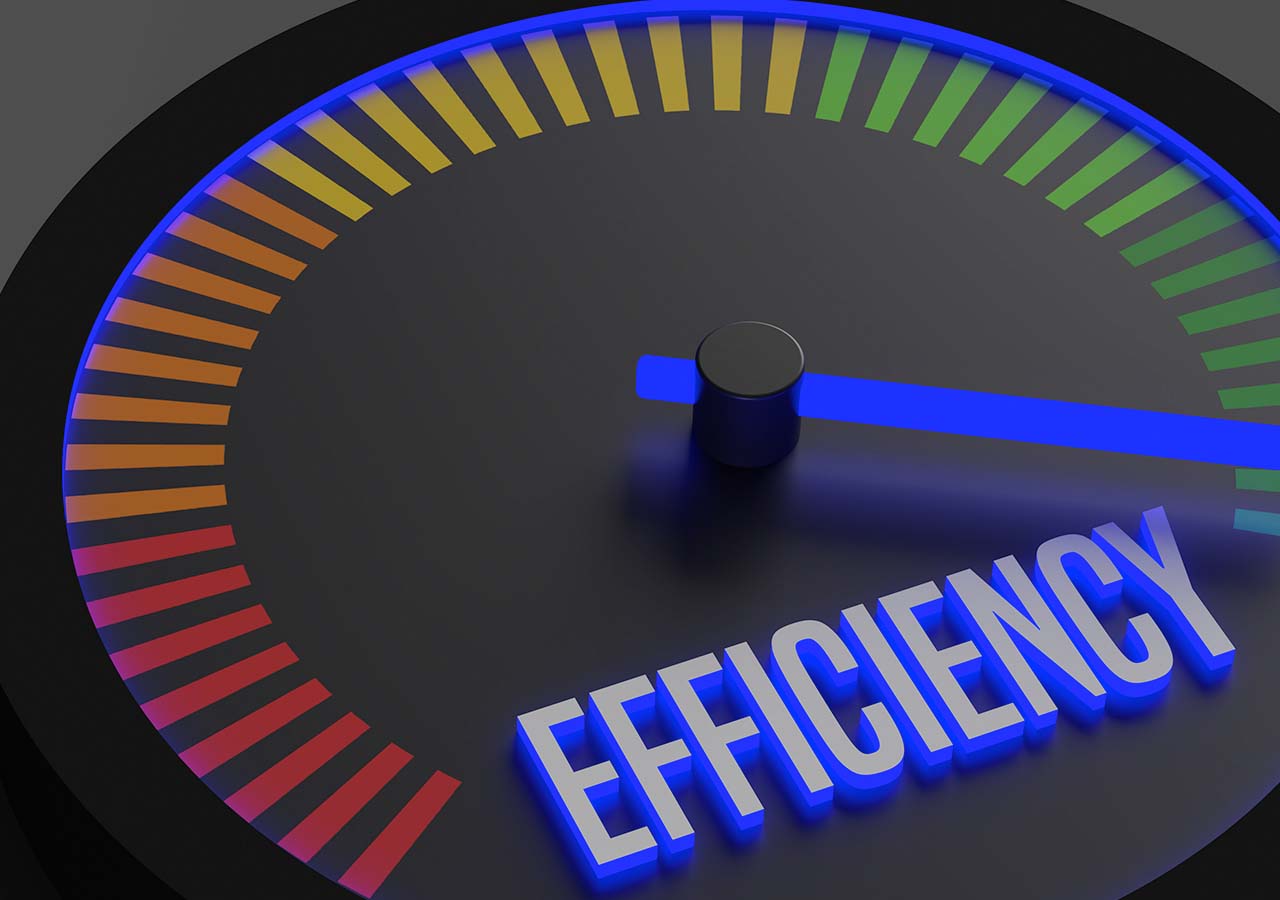Jan 23, 2025 by Mark Dingley
Do you know how efficiently your production line is running? When it comes to production efficiency, you can’t afford to just go with your gut. Nor can you afford to wait until machinery breaks down before you realise there was a problem.
The reality is that capturing the right efficiency data from your production line is critical for manufacturers of every size in every sector. Only by measuring the right data can you understand how efficiently your machinery operates, where the bottlenecks are, or how to adjust equipment to increase throughput.
So, how can you know you've got your finger on the 'efficiency pulse' of your business?
There's one metric every manufacturer should be measuring to get a clear picture of what's going on with their production efficiency. That metric is OEE.

Overall Equipment Effectiveness (OEE) is the metric manufacturers use to analyse their efficiency and productivity.
OEE identifies the percentage of planned production time that a manufacturing plant is truly productive based on availability, performance, and quality. This makes the metric a valuable way for manufacturers to measure and track the performance and efficiency of equipment over time. As you improve your OEE score, you will benefit from higher profitability and lower manufacturing costs.
Manufacturers have been measuring OEE since the 1960s, and it is now recognised globally as a best practice measure and key performance indicator for manufacturers.
OEE is calculated as the product of:
This OEE calculation will give you an overview of your production performance as a percentage, which you can then use as a baseline for performance:

Measuring OEE brings many benefits for manufacturers, but perhaps the most significant is that it equips manufacturers with accurate and actionable information, enabling them to take proactive steps to significantly improve productivity.
The beauty of OEE lies in its simplicity. It condenses production efficiency into a single, easy-to-understand number, providing a clear benchmark for improvement. From the factory floor to top-tier management, everyone can quickly identify what's working and not working in your production line. It highlights weak spots and barriers to efficient production. It lets you see quality issues causing rejects and the processes slowing down your operators.
The best way to measure your OEE is to use a software solution that can automatically pull data from your equipment.
For example, iDSnet Manager is a production efficiency tool that provides your business with real-time production information and manufacturing efficiency data. By integrating your systems into one software system, you can analyse the data needed to work out your OEE metrics across each production line and enhance manufacturing efficiency.
iDSnet Manager makes the production data available in real-time to operators, maintenance personnel, supervisors and managers by feeding data to big screens on the production floor and in the office with live dashboard reports. You have a source of truth about how the production line is running with real-time performance monitoring, including idle times and breakdowns, plus root cause analysis, so you can understand what's causing production stoppages.
For instance, if your line stops every five minutes for 20 seconds due to a jam, iDSnet Manager helps you identify this. It can help you pinpoint the specific time of day or temperature that causes the issue. Armed with this information, you can take targeted actions to address the problem, such as retraining staff or investing in equipment upgrades.

In today’s manufacturing landscape, manufacturers must continuously measure and improve efficiency to stay competitive. Measuring overall equipment effectiveness provides manufacturers with the actionable insights needed to identify bottlenecks, reduce downtime, improve quality, and optimise their production lines.
Ready to get a real-time view of your production lines? Contact Matthews Australasia to see how iDSnet can give you real-time production visibility while eliminating errors and manufacturing problems.